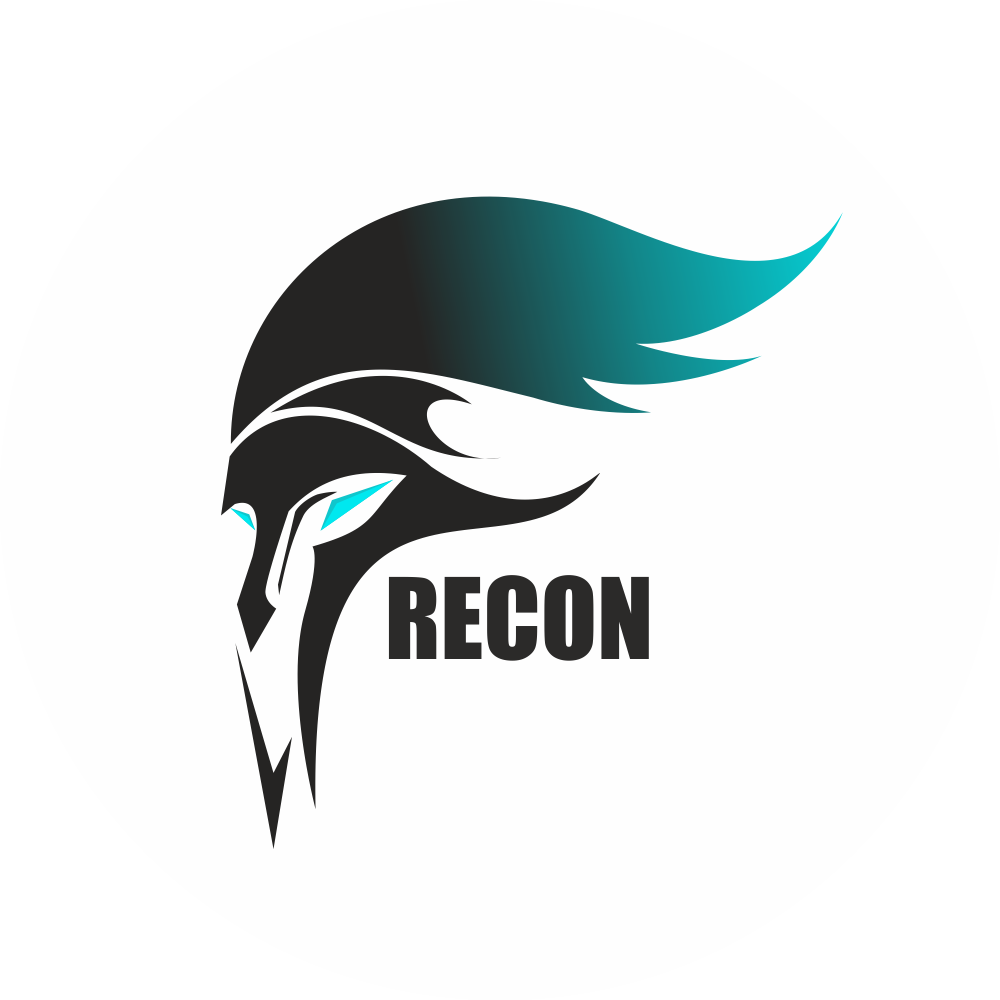In 2025, cyber incidents are no longer about if but when. The sheer volume, speed, and complexity of attacks routinely overwhelm traditional incident response (IR) teams. Artificial Intelligence (AI) is changing that equation — turning IR from reactive chaos into proactive, automated defence. Recon Cyber Security helps organisations and students harness AI-driven incident response tools and practices so they stay ahead of adversaries.
Why Traditional Incident Response Struggles
Manual alert triage, human-driven log analysis, and static playbooks break under modern pressures. AI changes the game by analyzing massive data streams in real time, drastically reducing noise and surfacing the incidents that matter. High-quality AI systems can triage thousands of alerts per second and prioritize genuine threats for analysts. See how AI is being positioned as a core capability in enterprise security. Fortinet
What AI-Powered Incident Response Looks Like in 2025
1. Automated Triage & Threat Prioritisation
AI platforms now sift through millions of telemetry events and automatically prioritize high-risk incidents for human analysts. This drastically cuts the time analysts spend on low-value alerts and accelerates decision-making in the SOC. Real deployments show how AI can reduce alert fatigue and route the most urgent cases to human teams. Fortinet+1
2. Autonomous Remediation & Containment
Modern IR solutions can autonomously isolate affected endpoints, revoke compromised credentials, and quarantine suspicious instances — often before manual processes kick in. Case studies demonstrate meaningful reductions in Mean Time To Response (MTTR) and operational impact when automated root-cause analysis and remediation are used. accrete.ai+1
3. Human–AI Collaboration in the SOC
AI is not a replacement for people: it amplifies them. The best Security Operations Centres combine human judgment with AI’s scale and speed. Recent frameworks for human–AI collaboration show AI tools functioning as on-demand cognitive aids for analysts (helping with sensemaking and low-level telemetry interpretation) while humans retain final decision authority. ResearchGate+1
4. Predictive & Proactive Response
AI can also forecast likely attack vectors by analyzing historical incidents, threat feeds, and system telemetry — enabling teams to harden systems before an attack occurs. Research on predictive cybersecurity and AI-driven threat intelligence shows how organizations are beginning to move from reactive IR to proactive, forecast-driven defense. ScienceDirect
Real Risks: AI Also Supercharges Attackers
While defenders gain speed, attackers also weaponize AI — using it for automated reconnaissance, phishing generation, and rapid exploit development. Recent industry reporting shows a dramatic surge in automated scanning and AI-assisted attacks that organizations must contend with. Modern defenses must therefore combine AI with strict governance and adversarial testing. TechRadar+1
What Businesses & Professionals Must Do Now
- Adopt AI-capable IR Platforms
Evaluate platforms that provide automated triage, playbook automation, and safe autonomous containment. - Train Teams for Human-AI Workflows
Your SOC must learn how to work with AI: trusting appropriate automation, performing oversight, and handling edge cases. Recon’s training programs teach these workflows; see our ethical hacking & IR courses. - Simulate AI-Driven Scenarios
Run red-team exercises that model AI-accelerated adversaries — Recon’s red-teaming services include adversary emulation and AI-aware simulations. - Governance & Explainability
Maintain audit logs, require human sign-off for high-impact automation, and ensure traceability of AI decisions. - Measure & Improve
Track MTTD (Mean Time to Detect) and MTTR (Mean Time to Respond) and use AI to close the gap; automation should demonstrably improve these KPIs over time.
Why Recon Cyber Security Is Essential
Recon not only trains the next generation of cyber professionals but also helps enterprises adopt AI-driven incident response safely:
- Hands-on training in AI-enabled detection and response workflows via our ethical hacking courses in Delhi and specialized programs.
- Tailored VAPT and red-teaming that includes AI-adversary scenarios (Internal link: https://reconforce.in/vapt-service.html and https://reconforce.in/red-teaming-service.html).
- Incident-response readiness assessments and SOC advisory to ensure governance, explainability, and measurable improvement.
Final Thoughts
AI will define the winners and losers in cyber defence during 2025 and beyond. Organizations that combine smart automation with sound governance and human expertise will be able to scale defenses, reduce downtime, and keep adversaries at bay. If you want to move from overwhelmed to in control, Recon Cyber Security can guide you — from training to implementation.
👉 Talk to our team: https://reconcybersecurity.com/contact-us-recon-cyber-security/







